Difference of Coffee Flavor between Neri and Kirin Yajia producing areas in Kenya introduction of Kenyan coffee varieties
Professional coffee knowledge exchange more coffee bean information please follow the coffee workshop (Wechat official account cafe_style)
Kenya, as one of the most common coffee growing countries, is another representative African coffee producer besides Ethiopia. Its strong raspberry acidity has conquered many coffee lovers. In daily life, we always use berries to describe Kenyan coffee. With the development of boutique coffee, people pay more and more attention to the coffee producing areas and begin to fully understand the different flavors of different producing areas in the same coffee producing country. In front of the street, let's talk about the coffee producing areas of Kenya.
Kenyan coffee producing area
Kenya is most famous for its seven coffee producing areas, including Thika, Kirinyaga, and the western side of Mount Kenya (Mt. Kenya West, Nyeri, Kiambu, Ruiri and Muranga. Among them, Sika, Kirin Yajia and Neri producing areas are particularly famous.
Sika (Thika)
Sika is a small town in Nairobi, the capital of Kenya. There are many coffee fields around Nairobi, and Sika is an industrial town, but surrounded by agriculture and waterfalls. There are about 2000 farmers in Sika. The planting history of Kenyan Sika coffee can be traced back to the end of the 19th century. Coffee trees were introduced from neighboring Ethiopia in the north and improved by their own varieties. At present, the common varieties are Bourbon, Kents, SL34, SL28, Typica and Riuri 11. Now about 90% of the coffee varieties are SL34 and SL28. Qianjie tested the flavor of the area by cup with bright acidity, thick berry juice and honey-like sweetness. Altitude: 1550mi 1750m.

Front Street Coffee-Asalia Coffee beans in Kenya
Producing area: Sika Thika, Kenya
Processing plant: Asali honey processing plant
Altitude: 1550-1750 m
Variety: SL28,SL34
Treatment: 72-hour washing in Kenya
Rating: AA
Nyeri (Neary)
Neri, close to Mount Kenya's high mountains, is an important Kenyan boutique producing area, with an average elevation of more than 1500 meters. A lot of Kenyan coffee is produced in this area. Neri is high enough above sea level and located east of Aberdare Mountains, and it is also the headland between Mount Kenya and this mountain. due to its high terrain and fertile soil, Neri is an important town in the middle of Kenyan coffee, and coffee-related industrial facilities are also well developed. The high-altitude Kenyan coffee beans in the area are famous for their high level. Qianjie coffee cups show that the coffee beans produced in this area have dark berry flavor, bright sweet and sour plum and long-lasting finish. There are two harvests in this area, and the coffee quality in the main production season is higher: October to December is the main production season, June to August is the by-product season.
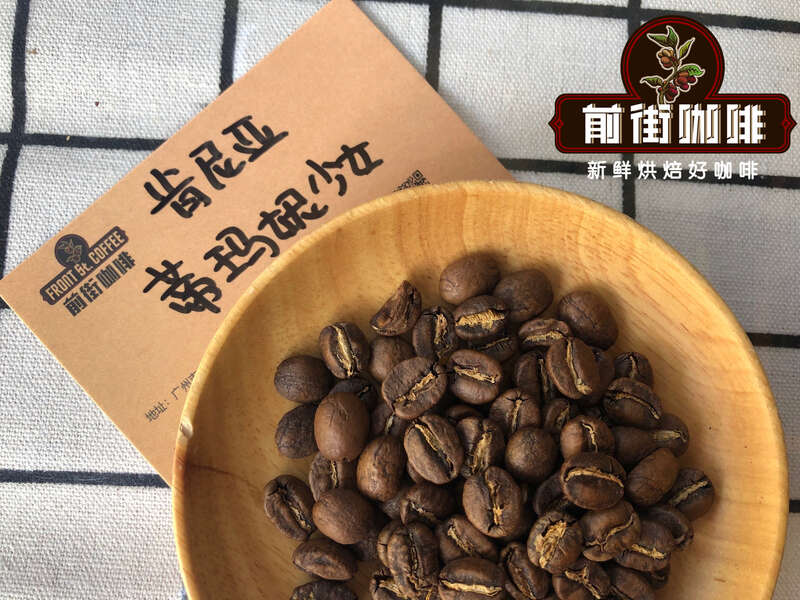
Front Street Coffee-Kenya Timani Girl AA Coffee Bean
Production area: Neri Ndima-ini processing Plant
Altitude: 1700-1900m
Variety: SL28&SL34
Treatment: K72 washing
Grade: AA
Qilin Yajia (Kirinyaga)
Located on the hillside of Mount Kenya, close to Neri, Kirin Yaga is famous for its strong, rich and solid-tasting coffee. Together with Nyeri, it is recognized as the two best producing areas in Kenya. Most of the producers in this area are small coffee farmers who join the cooperatives, while the cooperatives play an integrated role, providing washing plants, and coffee farmers send the coffee fruits to the cooperative processing plants for processing. Altitude: 1300 to 1900 meters, harvest period: October to December (main production season), June to August (by-product season). Qianjie coffee through the cup test that the producing area is mainly berry flavor, moderate sweetness, honey and cream.
Front Street Coffee-Kenya Mujaya AB Coffee Bean
Production area: Mujiya treatment Plant, Kenya
Altitude: 1400m
Variety: SL28&SL34
Treatment: K72 hour washing
Grade: AB
Kenyan coffee variety SL28&SL34
SL28 is a single variety selected from the drought-resistant population of Tanganyika in 1935. SL28 varieties are suitable for middle and high altitude areas and have the ability of drought resistance, but they are very sensitive to the main diseases of coffee. The appearance of SL28 bean is similar to that of bourbon variety, and it is round and thick. In recent years, genetic tests have confirmed that SL28 belongs to the bourbon gene group.
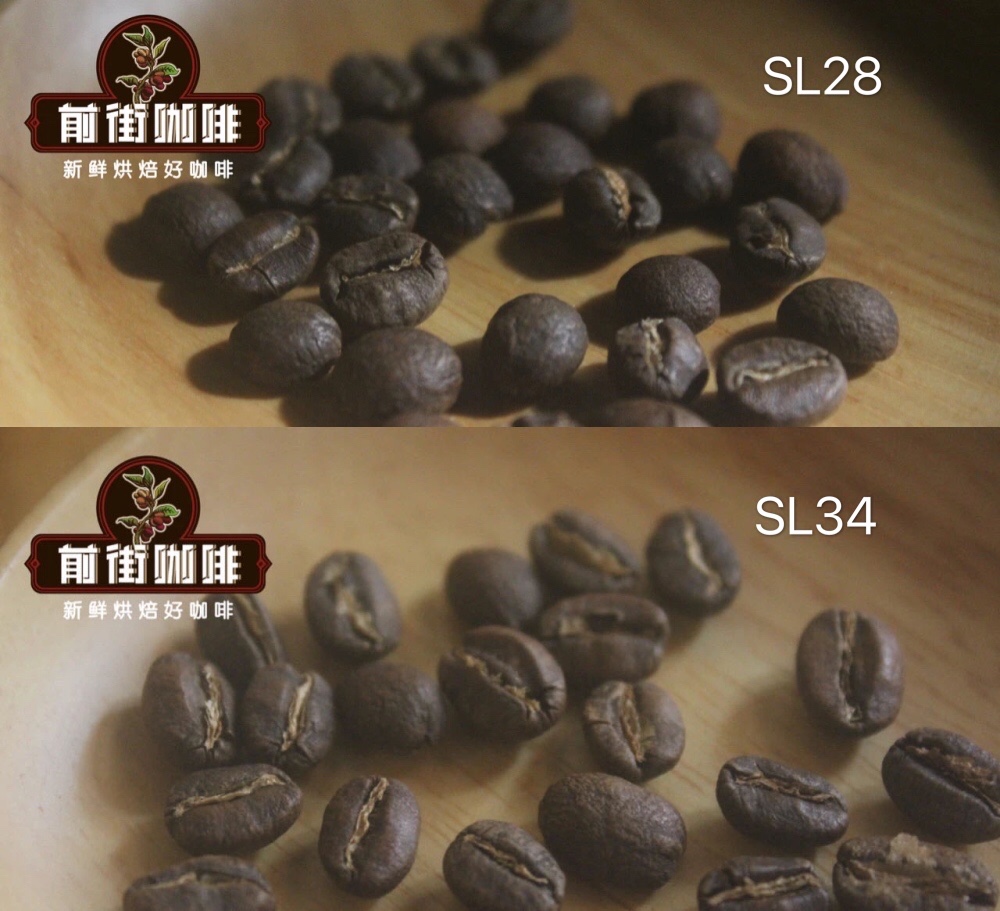
SL34 was first selected at the Scott Agricultural Laboratory in Kenya in the late 1930s. SL34 was selected from a tree in the Kabete Loresho property in Kenya, which is called the "French missionary". The appearance of SL34 beans is similar to that of iron card varieties, and the beans close to the shape of iron card beans are screened from Kenyan beans in the front street. The beans are long and oval in shape and look flat on the side. In recent years, genetic tests have shown that SL34 is related to the genome of iron pickup.
Coffee bean treatment K72
Most of the water washing in Kenya is treated with Kenyan unique K72 water washing: after ripe coffee and cherries are washed, peeled, dry fermented 24 hours, washed, dry fermented again 24 hours, washed, dry fermented again 24 hours, so recycled treatment, up to 72 hours of strong fermentation, after washing, soak in a clean sink for one night, and start drying in the sun field the next morning. Because the fermentation time is as long as 72 hours, it is called K72.
Suggestion for roasting Kenyan coffee beans on Qianjie coffee
Asalia coffee beans: Qianjie roaster uses Yang 800N semi-direct fire, the amount of beans is 480g: furnace temperature to 200 ℃ into the pot, throttle open 3, firepower is 160; tempering point 1 oven temperature 39 ℃, firepower drops to 130, throttle opens to 3.5; at this time the bean table turns yellow, the smell of grass completely disappears, entering the dehydration stage, the firepower drops to 80 at 171℃, the throttle remains unchanged. The smell of toasted bread has obviously changed to the smell of coffee, which can be defined as a prelude to an explosion. At this time, it is necessary to listen carefully to the sound of the explosion point. At this time, the sound of the explosion point should be heard clearly. The throttle should be adjusted to 5. After the explosion, it will be developed into a 2-cup-39-switch 10 ", 191.6 ℃ pot.

Timani girl coffee beans: the front street baker uses Yang's 800N semi-direct fire, the amount of beans is 480g: the furnace temperature is 165 degrees Celsius, the throttle opens 3, and the firepower is 120. Temperature recovery point: 1 temperature 39% 32 ". The temperature rises to 140 degrees and the throttle opens 4. Bake to 6: 25 ", the temperature is 153.3 degrees, the bean surface turns yellow, the smell of grass disappears completely, and the dehydration is completed. When the bean surface appears ugly Hu wrinkles and black markings, the smell of toast obviously changes to the smell of coffee, which can be defined as a prelude to an explosion. At this time, it is necessary to listen carefully to the sound of the explosion point. When the throttle door remains the same, the firepower of 188 degrees is reduced to 90 degrees. "the development time of an explosion is 2: 10" and put into the pot at 194 degrees.
Mujiya coffee beans: Qianjie roaster uses Yang family 800N semi-direct fire, the amount of beans is 480g: the furnace temperature is 160 degrees Celsius, the throttle opens 3, the firepower is 120. Temperature recovery point: 1. 39%. 28 ". The temperature rises to 115 degrees and the throttle opens 4. Bake to 6: 00 ", the temperature is 154.6 degrees, the bean surface turns yellow, the smell of grass disappears completely, and the dehydration is completed. When the bean surface appears ugly Hu wrinkles and black markings, the smell of toast obviously changes to the smell of coffee, which can be defined as a prelude to an explosion. At this time, it is necessary to listen carefully to the sound of the explosion point, to 9: 28 ", the throttle remains the same, and the development time of the explosion is 2: 20". Put the pot at 193.8 degrees.
Report on testing Kenyan Coffee beans in Front Street Coffee Cup
Azaria coffee beans
Dried incense: small tomato
Wet fragrance: berries
Flavor: Shirley, Wumei, Little Tomato, Brin, Yellow Sugar
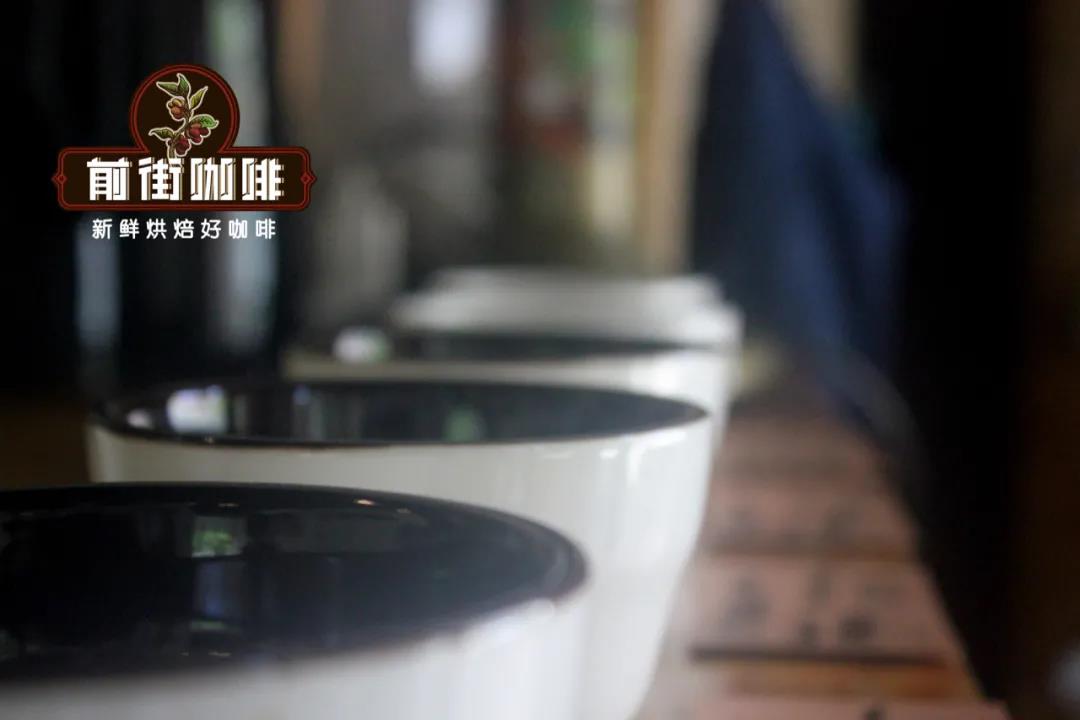
Timani Girl Coffee beans
Dry incense: plums
Wet fragrance: berries
Flavor: plum, plum, caramel, cream, grape
Mujiya coffee beans
Dry fragrance: berries
Shixiang: caramel
Flavor: plum, plum, grape, caramel, nut
Experience of brewing Kenyan coffee in Qianjie coffee
Filter cup: V60 # 01
Water temperature: 90 degrees
Powder content: 15g
Ratio of powder to water: 1:16
Degree of grinding: medium fine grinding / BG#6S (sieve powder in No. 20 sieve bowl to 77%)
The front street cooking technique: first wet the filter paper and preheat the filter cup and the coffee pot. Steam with 30 grams of water for 30 seconds, small flow circle injection to 130 grams, continue to inject water to 240 grams when the water level is about to be exposed to the powder bed, remove the filter cup when the water level is about to expose the powder bed, (steaming starts timing) the extraction time is 2: 00 ".

Azaria coffee beans: the mouth has the flavor of black plum and virgin fruit, the taste is strong sour, thick, middle sweet, juicy, finish berry and yellow sugar sweet, and has green tea aroma.
Timani Girl Coffee beans: the acidity of imported black plums, grapes in the middle and sweet and sour plums in the end.
Mujiya Coffee beans: berry juice in the front, plums and grapes in the middle, with aromas of almonds and sweet caramel in the finish.
For more boutique coffee beans, please add private Qianjie coffee on Wechat. WeChat account: kaixinguoguo0925
Important Notice :
前街咖啡 FrontStreet Coffee has moved to new addredd:
FrontStreet Coffee Address: 315,Donghua East Road,GuangZhou
Tel:020 38364473
- Prev
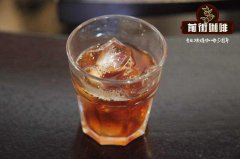
Kenyan coffee is grown in Kenyan coffee.
For more information on coffee beans, please follow the coffee workshop (Wechat official account cafe_style) most Kenyan green coffee grows on a plateau ranging from 1400 to 2000 meters above sea level, surrounded by the snow-capped hills of Mount Kenya and the Abedale Mountains. This promotion makes it in the shape of strict high growth (SHG) / strict hard bean (SHB)
- Next
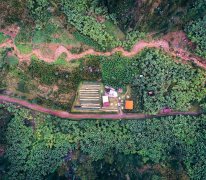
Rwanda Coffee | Rwanda Coffee Taste describes the characteristics of Rwandan coffee beans
Compared with Kenyan coffee in some ways, Rwandan coffee tends to be quite subtle with delightfully sweet, caramel aromas and hints of citrus (lemons, oranges). Overall, Rwandan coffee is rated higher than neighboring Zimbabwean and Zambian coffee, although it has not been recognized by Kenyan and Tanzanian coffee. Rwanda is also
Related
- Detailed explanation of Jadeite planting Land in Panamanian Jadeite Manor introduction to the grading system of Jadeite competitive bidding, Red bid, Green bid and Rose Summer
- Story of Coffee planting in Brenka region of Costa Rica Stonehenge Manor anaerobic heavy honey treatment of flavor mouth
- What's on the barrel of Blue Mountain Coffee beans?
- Can American coffee also pull flowers? How to use hot American style to pull out a good-looking pattern?
- Can you make a cold extract with coffee beans? What is the right proportion for cold-extracted coffee formula?
- Indonesian PWN Gold Mandrine Coffee Origin Features Flavor How to Chong? Mandolin coffee is American.
- A brief introduction to the flavor characteristics of Brazilian yellow bourbon coffee beans
- What is the effect of different water quality on the flavor of cold-extracted coffee? What kind of water is best for brewing coffee?
- Why do you think of Rose Summer whenever you mention Panamanian coffee?
- Introduction to the characteristics of authentic blue mountain coffee bean producing areas? What is the CIB Coffee Authority in Jamaica?

